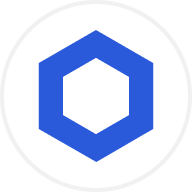
Chainlink price

Chainlink market info
Market cap = Circulating supply × Last price

Chainlink Feed

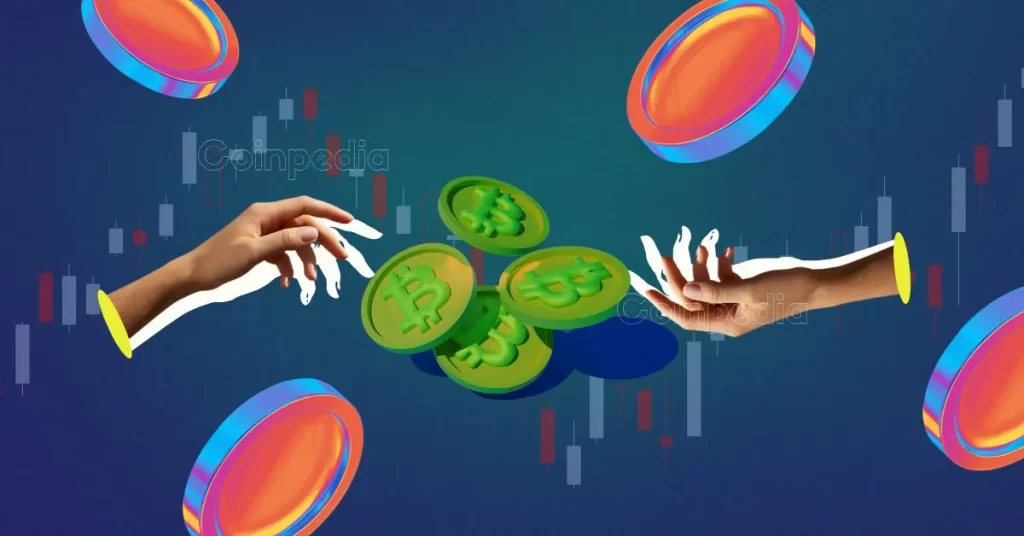

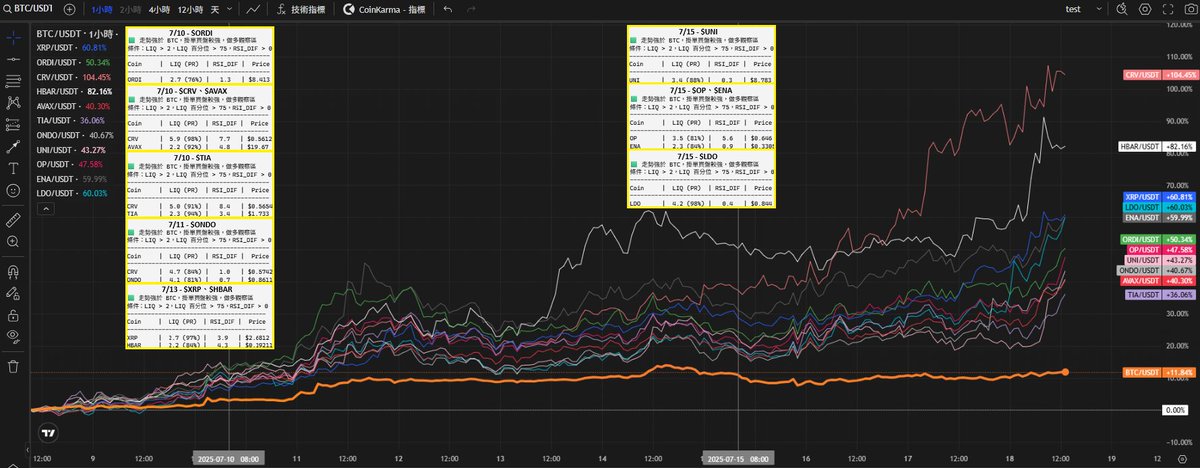

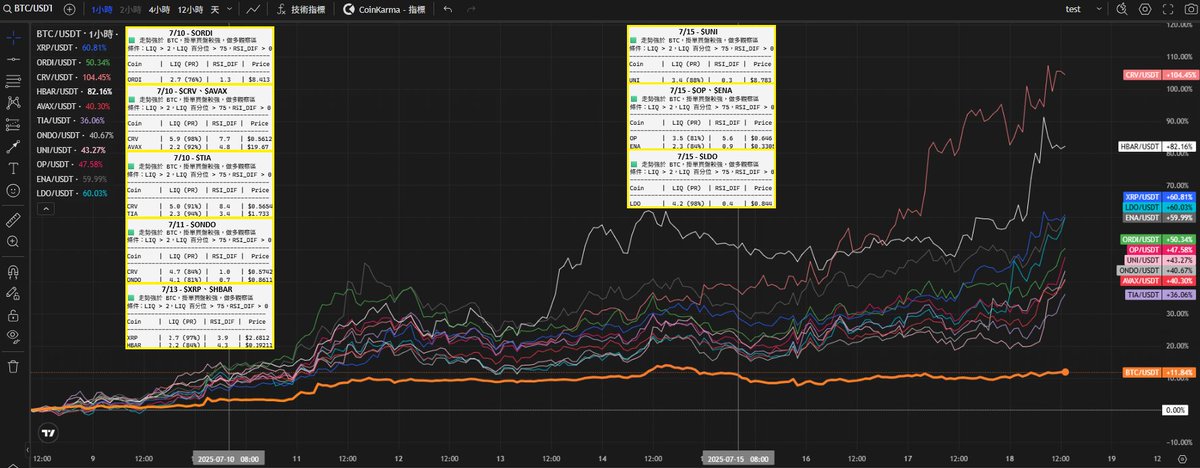
Convert USD to LINK


Chainlink price performance in USD
Popular Chainlink conversions
| 1 LINK to USD | $17.8120 |
| 1 LINK to PHP | ₱1,017.24 |
| 1 LINK to EUR | €15.3174 |
| 1 LINK to IDR | Rp 290,855.6 |
| 1 LINK to GBP | £13.2796 |
| 1 LINK to CAD | $24.4621 |
| 1 LINK to AED | AED 65.4235 |
| 1 LINK to VND | ₫466,038.7 |
About Chainlink (LINK)
- Official website
- White Paper
- Block explorer
Latest news about Chainlink (LINK)



Learn more about Chainlink (LINK)

Chainlink FAQ
Chainlink is a decentralized oracle network that connects the blockchain ecosystem to the real world. Chainlink enables the operation of complex smart contracts that require off-chain data to function. Consider it a blockchain-based data protocol that allows independent data providers to relay data to smart contracts.
Chainlink began as a verifiable off-chain data provider but has since expanded its services to include more functionality in blockchain smart contracts. Chainlink products include high-quality data feeds for all types of real-world information, a random number generator called Chainlink VRF, Keppers to automate smart contract functions, Proof of Reserve, which allows project owners to publish transparent reports about their on-chain and off-chain reserves, and Cross-Chain Interoperability Protocol (CCIP), which assists developers in developing interoperable decentralized applications.
Easily buy LINK tokens on the OKX cryptocurrency platform. Available trading pairs in the OKX spot trading terminal include LINK/USDT, LINK/USDC, LINK/ETH, and LINK/BTC.
You can also buy LINK with over 99 fiat currencies by selecting the "Express buy" option. Other popular crypto tokens, such as Bitcoin (BTC), Ethereum (ETH), Tether (USDT), and USD Coin (USDC), are also available.
Swap your existing cryptocurrencies, including XRP (XRP), Cardano (ADA), Solana (SOL), and Chainlink (LINK), for LINK with zero fees and no price slippage by using OKX Convert.
To view the estimated real-time conversion prices between fiat currencies, such as the USD, EUR, GBP, and others, into LINK, visit the OKX Crypto Converter Calculator. OKX's high-liquidity crypto exchange ensures the best prices for your crypto purchases.
Monitor crypto prices on an exchange
Disclaimer
OKX does not provide investment or asset recommendations. You should carefully consider whether trading or holding digital assets is suitable for you in light of your financial condition. Please consult your legal/tax/investment professional for questions about your specific circumstances. For further details, please refer to our Terms of Use and Risk Warning. By using the third-party website ("TPW"), you accept that any use of the TPW will be subject to and governed by the terms of the TPW. Unless expressly stated in writing, OKX and its affiliates (“OKX”) are not in any way associated with the owner or operator of the TPW. You agree that OKX is not responsible or liable for any loss, damage and any other consequences arising from your use of the TPW. Please be aware that using a TPW may result in a loss or diminution of your assets. Product may not be available in all jurisdictions.
Convert USD to LINK



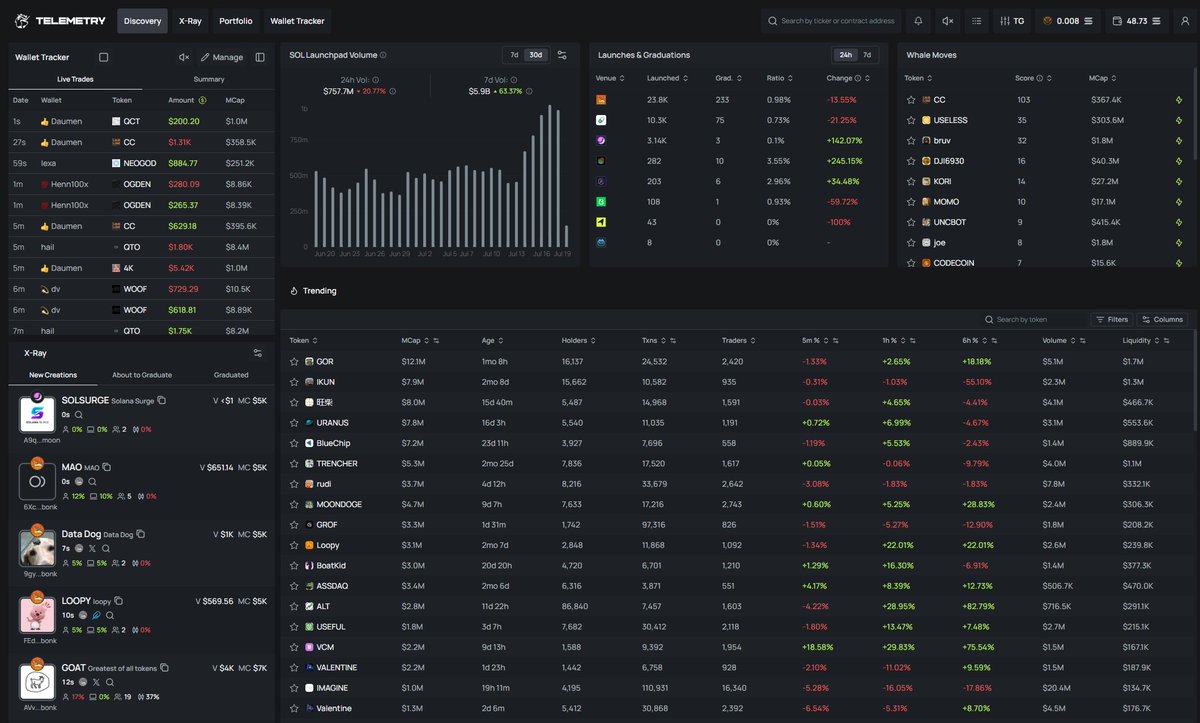

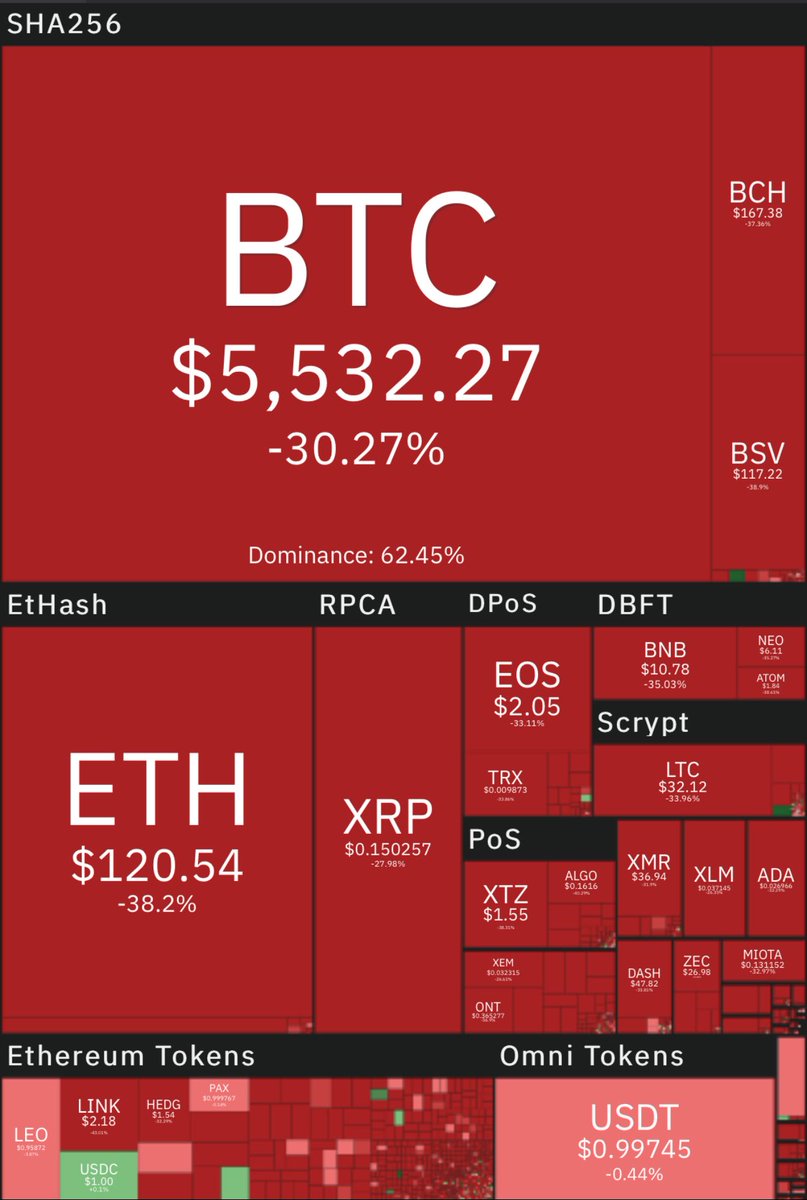





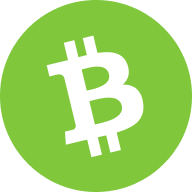

























Socials